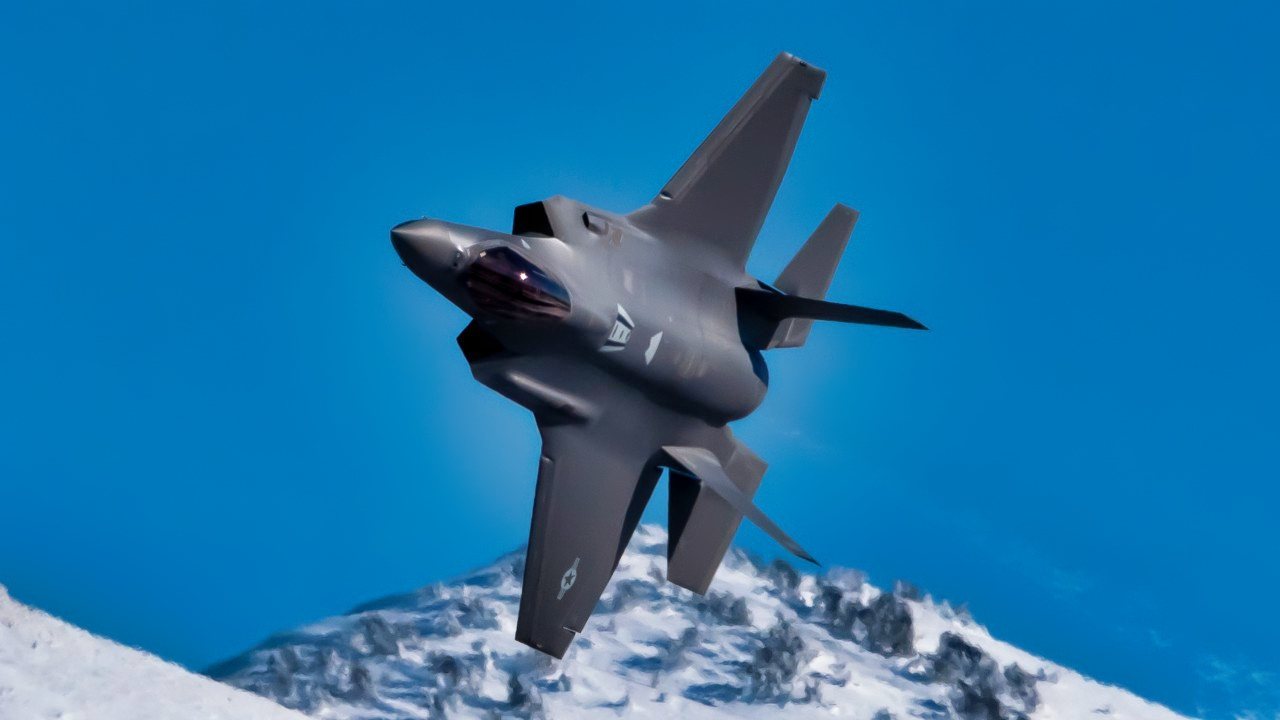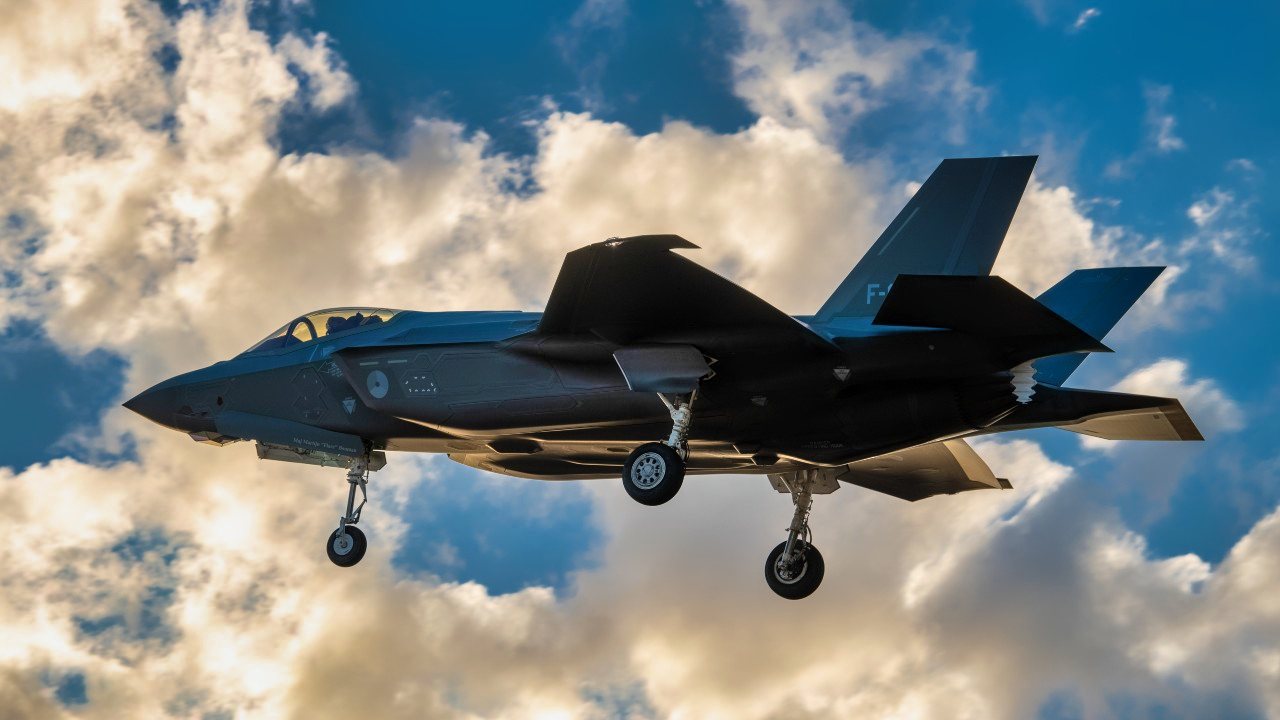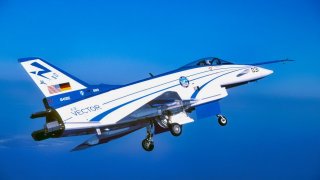X-31: The X-Plane That Should Not Be Forgotten
The X-31 Enhanced Fighter Maneuverability Demonstrator, developed in the 1990s by Rockwell-Messerschmidt-Böklow-Blohm, was a groundbreaking aircraft designed to explore controlled flight at extreme angles.
Summary and Key Points: The X-31 Enhanced Fighter Maneuverability Demonstrator, developed in the 1990s by Rockwell-Messerschmidt-Böklow-Blohm, was a groundbreaking aircraft designed to explore controlled flight at extreme angles.

-This US-German joint venture aimed to enhance future military aircraft with advanced thrust vectoring and electronic flight controls. The X-31's innovations influenced modern fighter jets like the F-22 and F-35.
-Despite losing one prototype to an ice buildup issue, the program's success provided invaluable data that revolutionized aeronautical science, making the X-31 a pivotal yet little-known contributor to aviation history.
There is so much about aerospace that ordinary Americans simply do not appreciate. The amount of time, training, and revenue that goes into developing countless aircraft systems—many of which are used only for a short period of time, by a handful of specialists to study different aspects of aeronautical science—is extraordinary.
There are aircraft that have been developed over the last 70 years that were known only to a select group of specialists, that defied what most believed were the capabilities of aircraft of the eras they were developed in. Some have been so secretive and advanced that they were mistaken for unidentified flying objects when they were covertly tested in the dead of night.
The X-31 Takes Flight
Others, such as the Rockwell-Messerschmidt-Böklow-Blohm developed X-31 Enhanced Fighter Maneuverability Demonstrator, from way back in 1993, was one of these amazing planes that few have any idea about today. Designed to “execute controlled flight at extreme angles of attack at which conventional aircraft lose control,” according to the Defense Advanced Research Projects Agency, which participated in funding the X-31 program, this US-German joint venture was wildly successful.
In fact, the X-31 was unique in that, of all the X-series experimental test planes, the X-31 was the only one that was a multinational endeavor. According to Douglas A. Joyce, who wrote NASA’s official history of the plane, the X-31 program had four basic goals. The first goal was to “demonstrate controlled flight and high agility beyond the stall, using thrust vectoring that was integrated with electronic flight controls; investigate the benefits of enhanced maneuverability for future military aircraft via close-in air combat maneuvering tests; develop design requirements and a database for future aircraft applications; and validating low-cost international prototyping.”
All the data collected from this program was clearly applied to all future aerospace design and development projects that were undertaken over the last 30 years. The Air Force’s fifth-generation warplanes, such as the F-22A Raptor, can perform almost unbelievable maneuverings of the sort that were pioneered by the X-31. As for the US military’s other fifth-generation warplane, the F-35 Lightning II, just as with the X-31, it is a multinational project. So much of the X-31 program impacted the rest of the military’s future combat programs.
Ultimately, two X-31 units were built and maintained.
Over the course of four years, the X-31 broke multiple records, including successfully executing a swift, minimum-radius 180-degree turn using a post-stall maneuver. The unique design and capabilities of the X-31 allowed for the pilots to do this maneuver safely. In any other plane, it is likely that the attempt to perform this maneuver would have ended in catastrophe. And, of course, this was the point of this unique bird. By taking these unique birds to their operational limits the X-31 program was able to learn new things about flight and incorporate those lessons-learned into new aircraft designs.
The Specs of the X-31 Demonstrator
The X-31 was powered by a single General Electric F404-GE-400 afterburning turbofan engine developing 16,000 pounds of thrust. Its maximum speed was 901 miles per hour, which is approximately Mach 1.8. The iconic bird had a service ceiling of 40,026 feet and a rate-of-climb of 43,000 feet per minute. Elements from other aircraft, such as the F-16, F/A-18 Hornet, and B-1 bomber were used in the construction of the X-31 to help keep overall costs down.
Both X-31 planes conducted 580 flights between 1992 and 1995. Sadly, one of the prototypes was lost on January 19, 1995. The prototype had a massive ice buildup around the cockpit which disrupted the normal operation of the onboard computers, sending the plane crashing down to the ground due to corrupted inputs. Meanwhile, the other plane lasted until 2003, at which point it was sent to the Deutsches Museum Flugwerft Schleissheim in Germany.
The Program was a Giant Success
Its primary purpose was to test the high Angle-of-Attack (AoA) performance maneuvers. Despite the loss of one of the prototypes due to a faulty onboard computer, the program was a resounding success. All involved with the X-31 program should be proud of their immense contribution to aeronautical science.

This simple, sleek bird is little known to average people today. Yet, its impact and importance cannot be overstated. It is probably one of the most successful X planes in the history of the X program. The X-31 broke new ground and paved the way for advances in aeronautical engineering that positively impacted basically all next-generation American aircraft design and development.
About the Author
Brandon J. Weichert, a National Interest national security analyst, is a former Congressional staffer and geopolitical analyst who is a contributor at The Washington Times, the Asia Times, and The-Pipeline. He is the author of Winning Space: How America Remains a Superpower, Biohacked: China’s Race to Control Life, and The Shadow War: Iran’s Quest for Supremacy. His next book, A Disaster of Our Own Making: How the West Lost Ukraine, is due October 22 from Encounter Books. Weichert can be followed via Twitter @WeTheBrandon.


